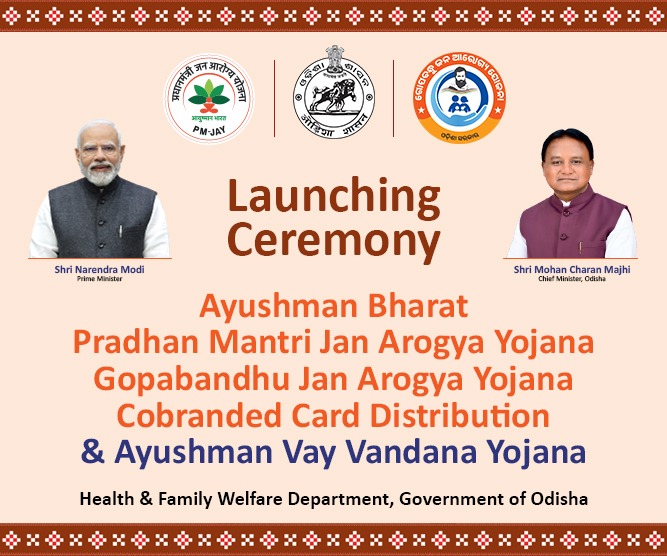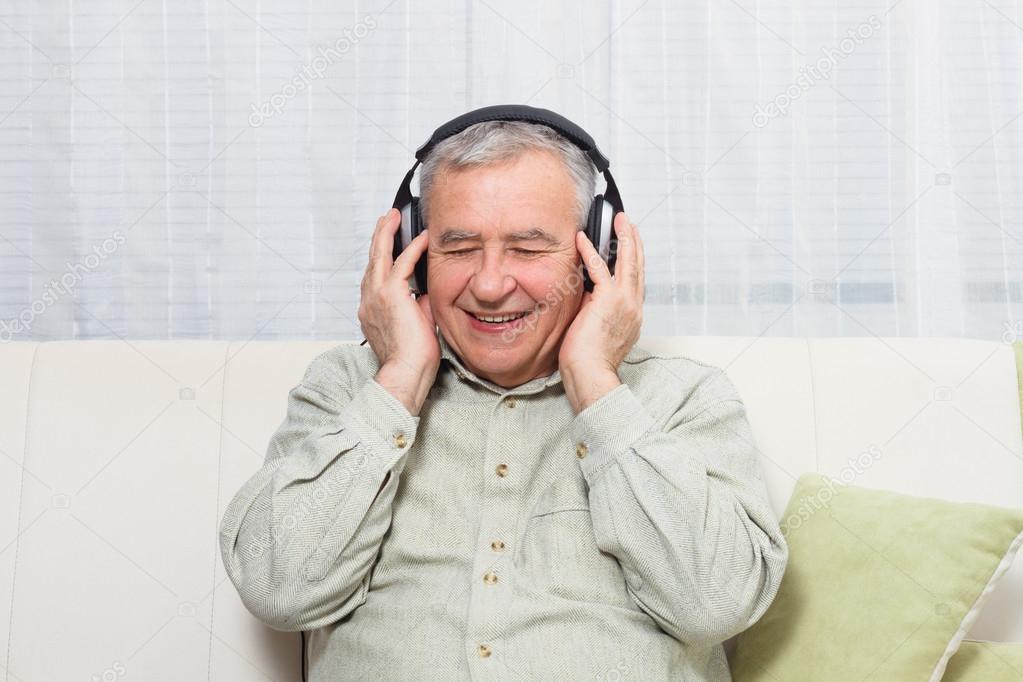London: Researchers have found that listening to music helps stroke patients recover by stimulating their brain and lifting their mood.
The study, published in the journal Topics in Stroke Rehabilitation, found that music therapy sessions have a positive effect on the neurorehabilitation of acute stroke patients.
The research was carried out on a 26-bed stroke and rehabilitation unit at Addenbrooke’s hospital in Cambridge in the UK. In total, 177 patients took part in 675 Neurologic Music Therapy (NMT) sessions over a two-year period.
“Our study found that Neurologic Music Therapy was received enthusiastically by patients, their relatives, and staff,” said study lead author Alex Street from Anglia Ruskin University (ARU) in UK.
According to the researchers, music therapy is understood to help stroke patients through mood regulation, improved concentration, and promoting changes in the brain to improve function, known as neural reorganisation.
Lots of repetition, or ‘massed practice’, is central to neurorehabilitation.
In addition to playing physical instruments (keyboard, drums and hand-held percussion), iPads featuring touchscreen instruments were used in the trial to help patients with hand rehabilitation, through improving finger dexterity, and cognitive training.
NMT sessions were run alongside existing stroke rehabilitation treatment, including physiotherapy, occupational therapy, speech therapy, and clinical psychology.
Of the 139 patients, relatives and hospital staff who completed questionnaires, the average response was that NMT was ‘helpful’ or ‘very helpful’.
And of the 52 patients who completed mood scale questionnaires, there was a reduction in ‘sad’ and an increase in ‘happy’ responses immediately following a session.
Speech and language therapists observed a positive impact on patient arousal and engagement, and reported that it may help patients overcome low mood and fatigue – both common following stroke – and therefore be beneficial for their rehabilitation.
“The fact 675 sessions were carried out in two years is in itself an indication of the success of the treatment. It shows that staff are referring patients because they understand the mechanisms of the exercises and can see how it can benefit their patients,” Street said.
“It also shows that patients are willing to do the exercises, with each one participating in an average of five sessions”.
IANS

